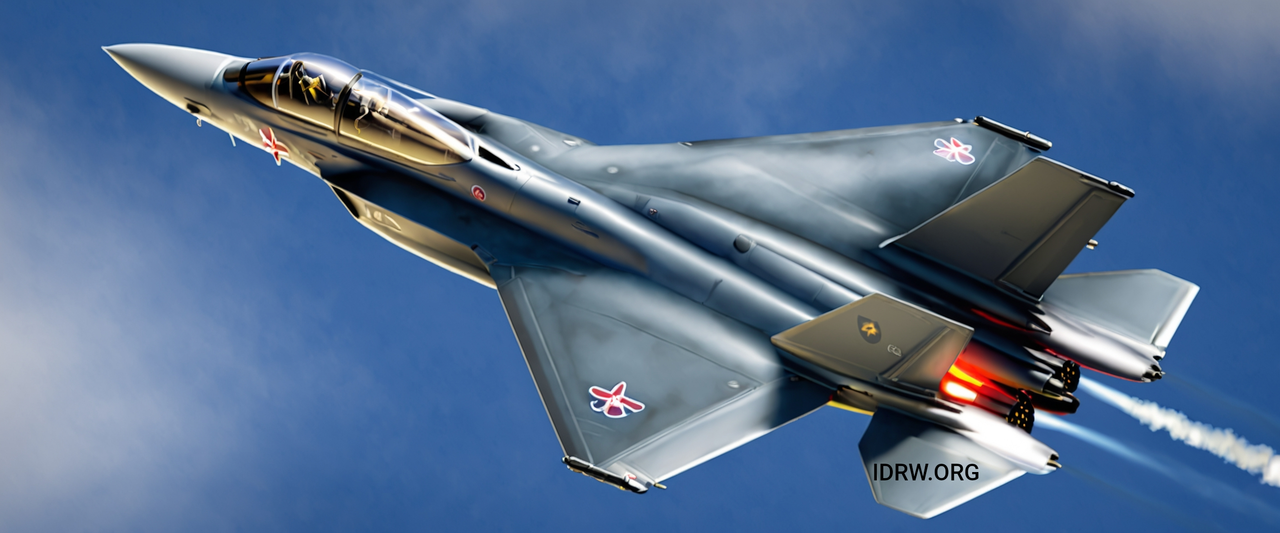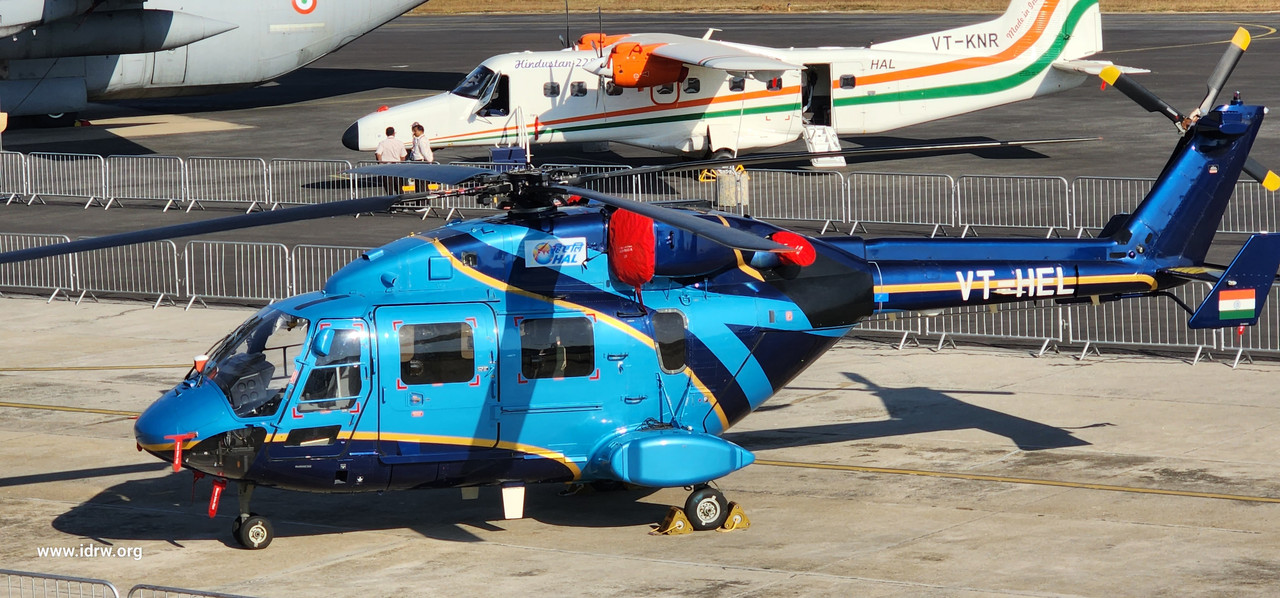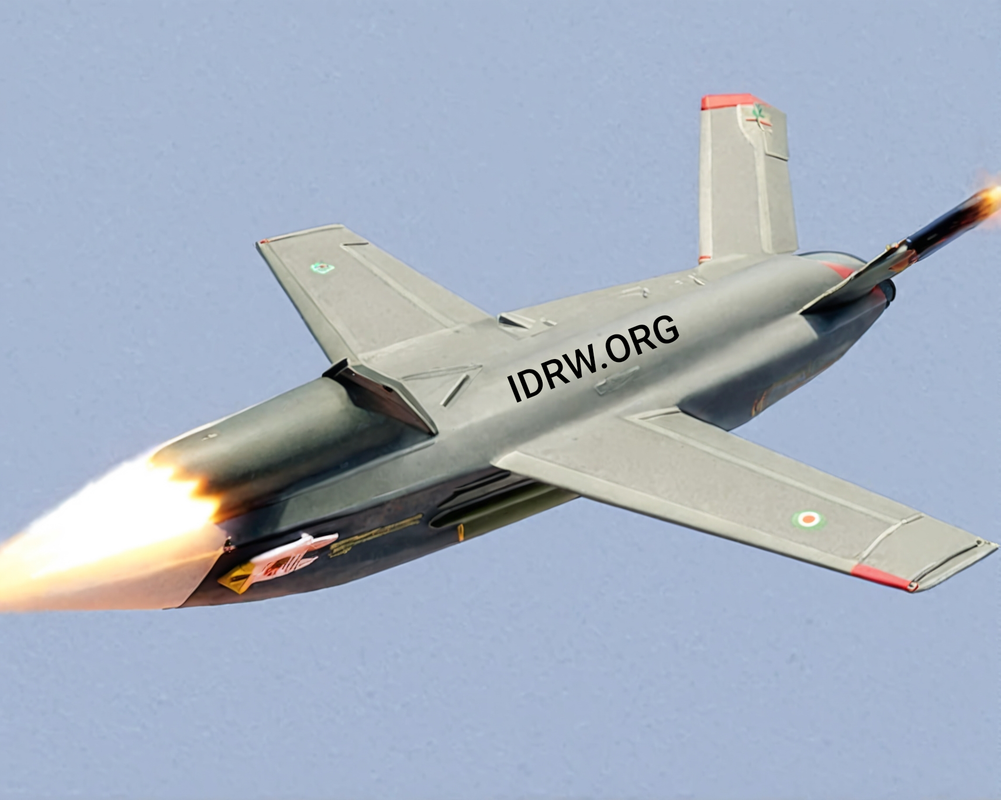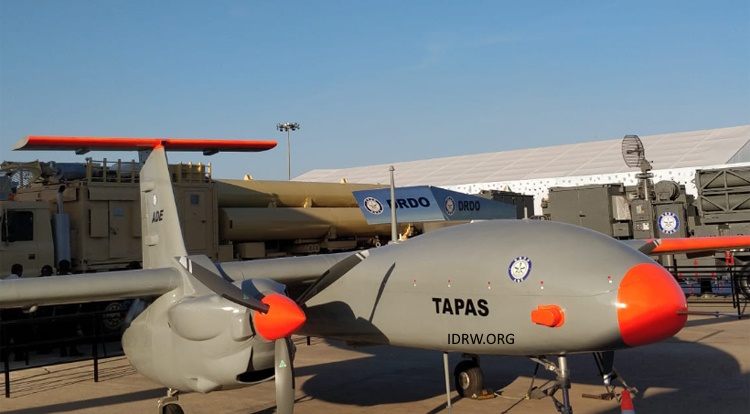SOURCE: AFI

The diplomatic relationship between India and Canada has reached an all-time low, largely attributed to Canadian Prime Minister Justin Trudeau’s “strategic myopia” and continued “anti-India rhetoric.” Defense experts in India are now urging the Indian Ministry of Defence (MoD) to reconsider ongoing negotiations concerning the acquisition of Stryker armoured vehicles, a platform derived from the Canadian LAV III and manufactured by General Dynamics Land Systems-Canada (GDLS-C).
The Stryker family of eight-wheeled armoured vehicles, originally designed for the U.S. Army, is produced in a plant located in London, Ontario, Canada. Although the Stryker vehicles under discussion were expected to be locally manufactured in India, defense experts point out that some components and equipment could still originate from Canadian facilities. This potential benefit to the Canadian economy is causing concern among Indian defense experts, who argue that continued economic and defense collaboration with Canada sends the wrong signal in light of the current diplomatic climate.
Continue readingSOURCE: AFI

The Indian Army is seeking private sector expertise to develop adaptive camouflage technology for its Mechanised Infantry, specifically targeting ‘A’ and ‘B’ vehicles. Currently, the vehicles employed by the Army lack advanced camouflage methodologies, leaving them vulnerable to detection in diverse terrain conditions. This new initiative aims to enhance the camouflage standards for these vehicles, enabling them to blend more effectively into their environments through adaptive camouflage technologies.
Camouflage has always been a critical element in military operations, allowing forces to maintain the element of surprise and reduce the chances of detection by enemy forces. However, the Indian Army’s current vehicle camouflage techniques are outdated and not scientifically designed to adapt to different terrains and operational environments.
Continue readingSOURCE: AFI

The Ministry of Defence (MoD) is looking to significantly expand the scope of its flagship Innovations for Defence Excellence (iDEX) scheme and has sought additional funds from the Finance Ministry to sustain and scale up the program. According to sources, the Department of Defence Production (DDP), which oversees the scheme, has already committed 90% of the funds allocated under the original budget for iDEX, signaling the scheme’s rapid uptake and success.
The iDEX initiative, which was launched with a budget of Rs 498.78 crore for the period 2021-22 to 2025-26, was designed to encourage innovation and technological development within India’s defense sector by supporting startups, MSMEs, and individual innovators. With the steady success of the program, the DDP has committed nearly Rs 450 crore to ongoing projects, exhausting most of the available funds.
Continue readingSOURCE: IDRW.ORG.

In a recent interview with News9 Plus, former Air Chief Marshal R.K.S. Bhadauria emphasized the need for India to not only focus on the development of the 5th-generation Advanced Medium Combat Aircraft (AMCA) but also start working on integrating 6th-generation technologies into the program. Bhadauria, who played a key role in the conceptualization and initiation of the AMCA program, underscored that incorporating elements of future fighter technologies into the AMCA would pave the way for a smoother transition to the development of an indigenous 6th-generation fighter in the coming decades.
Bhadauria highlighted several key 6th-generation technologies that are set to redefine the future of air combat. These technologies include:
Continue readingSOURCE: IDRW.ORG

Hindustan Aeronautics Limited (HAL) has faced significant challenges in attracting private sector interest for the indigenous Advanced Light Helicopter (ALH) Dhruv (Civil version) through its Transfer of Technology (ToT) initiative. Despite HAL’s offer to allow potential Indian private companies to manufacture the helicopter, the plan has failed to garner any traction, reflecting broader concerns about the market viability of the Dhruv’s civil version.
The primary reason for the lack of enthusiasm from private sector players stems from HAL’s inability to secure substantial commercial orders for the ALH-Dhruv (Civil version). While HAL has successfully manufactured nearly 400 units of the ALH-Dhruv for the Indian Armed Forces—including the Indian Army, Indian Air Force, Indian Navy, and the Indian Coast Guard—the civil variant has struggled to meet the standards required for widespread civilian use.
Continue readingSOURCE: AFI

India’s decision to walk out of the 5th Generation Fighter Aircraft (FGFA) program with Russia, a joint venture aimed at co-developing and producing nearly 144 cutting-edge stealth jets for the Indian Air Force (IAF), has had long-lasting consequences. While the decision was reportedly based on several factors, including delays, cost concerns, and differences over technological transfer, the absence of a strong backup plan has left a significant gap in the IAF’s modernization plans and its ability to maintain squadron strength.
This move, which might have seemed strategically necessary at the time, now seems ill-conceived in hindsight, given the pressing need to replace aging fleets and ensure the IAF can meet future operational demands.
Continue readingSOURCE: AFI

The delivery of the indigenously produced Dhanush artillery guns to the Indian Army is facing significant delays, raising concerns about meeting the targeted completion date of March 2026. The initial goal was to equip the Army with 114 of these advanced artillery systems, but production challenges have put the timeline in jeopardy, according to officials involved in the project.
Advanced Weapon Equipment India Limited (AWEIL), responsible for manufacturing the Dhanush guns at the Gun Carriage Factory (GCF) in Jabalpur, was scheduled to deliver an additional 48 guns by March 2025. However, production has been plagued by setbacks. The first batch of six guns was handed over in April 2019, but progress has been slow ever since.
Continue readingSOURCE: AFI

With the recent transfer of sovereignty of the Chagos Archipelago from the United Kingdom to Mauritius—except for Diego Garcia, where a major U.S. military base is located—there is increasing discussion on the strategic benefits of the Indian Navy establishing a presence in the region. India, which has been a consistent supporter of Mauritius’ sovereignty claims over the Chagos Islands, played a significant role in the negotiations behind this historic transfer. Given the Indian Ocean’s critical role in global maritime trade and security, the idea of the Indian Navy having a base at Chagos warrants careful consideration.
The Chagos Archipelago is located in the central Indian Ocean, a region of immense strategic value. The islands are situated near major global shipping routes that link Asia, Africa, and the Middle East, making the area a vital maritime crossroads. The proximity of the Chagos Islands to key choke points such as the Straits of Malacca, Hormuz, and Bab-el-Mandeb further enhances their significance.
Continue readingSOURCE: AFI

Noida-based Brainwave Science Private Limited has made significant strides in the field of security and truth verification with the launch of its groundbreaking technology, iCognative. This innovative solution is poised to redefine the way deception is detected, offering features that promise unparalleled accuracy and efficiency.
iCognative leverages the power of artificial intelligence to analyze brainwave patterns in real-time. By employing advanced algorithms, the technology can identify subtle changes in brain activity that indicate deception. This is achieved through a headset that records the user’s brainwaves, allowing for a highly accurate assessment of their veracity.
Continue readingSOURCE: AFI

As the Nuclear Power Corporation of India Limited (NPCIL) engages with private sector entities to explore the operation of 220 MW small modular reactors (SMRs), experts are anticipating potential collaboration with Russia’s state nuclear energy corporation, Rosatom.
Rosatom, which is already involved in the Kudankulam Nuclear Power Plant (KNPP) project, has expressed interest in expanding its nuclear cooperation with India. Kavya Wadhwa, a nuclear energy advocate and policy analyst, highlighted that the numerous benefits of Bharat Small Reactors, including their cost-effectiveness, compact design, and the utilization of indigenous 220 MWe Pressurized Heavy Water Reactor (PHWR) technology, have garnered significant international attention.
Continue readingSOURCE: IANS

Labelling them as “preposterous imputations”, India on Monday slammed the Canadian government led by Prime Minister Justin Trudeau, asserting once again that it has “consciously provided” space to violent extremists and terrorists to harass, threaten and intimidate Indian diplomats and community leaders in Canada.
“We have received a diplomatic communication from Canada yesterday suggesting that the Indian High Commissioner and other diplomats are ‘persons of interest’ in a matter related to an investigation in that country. The Government of India strongly rejects these preposterous imputations and ascribes them to the political agenda of the Trudeau Government that is centered around vote bank politics,” read a strongly-worded statement issued by the Ministry of External Affairs (MEA) on Monday afternoon.
Continue readingSOURCE: RAUNAK KUNDE / NEWS BEAT / IDRW.ORG

India’s ambitious Loyal Wingman program, which aims to develop unmanned combat aerial vehicles (UCAVs) to support manned fighter jets, is taking a significant leap forward with the development of a new generation of air-to-air missiles.
The program’s UCAVs, also known as Loyal Wingmen, will be equipped with the Next-Generation Close Combat Missile (NGCCM), a local variant of the ASRAAM Beyond-Visual-Range Air-to-Air Missile (BVRAAM). This ensures compatibility with existing Indian Air Force (IAF) weaponry.
Continue readingSOURCE: RAUNAK KUNDE / NEWS BEAT / IDRW.ORG

The Defence Research and Development Organisation (DRDO) is taking a multi-pronged approach to strengthen India’s tank defenses. While actively developing an Active Protection System (APS) for tanks, DRDO is also exploring its potential to counter the growing threat of swarm and FPV (First-Person View) armed drones.
An APS is a crucial defensive suite designed to detect, track, and intercept incoming threats before they can damage a tank. Traditionally, these systems focus on neutralizing ATGMs, tank rounds, and other infantry anti-armor weapons. However, the recent war in Ukraine has highlighted the vulnerability of Armoured vehicles to drone attacks, particularly highly maneuverable first-person view (FPV) kamikaze drones.
Continue readingSOURCE: RAUNAK KUNDE / NEWS BEAT / IDRW.ORG

The Indian Army is actively exploring the potential of weaponized robot dogs to bolster its capabilities against drone threats. Lessons learned from the war in Ukraine and ongoing conflicts in the Middle East have highlighted the growing need for advanced anti-drone technologies.
The army has already inducted a robot dog equipped with a machine gun and RPG, demonstrating its interest in employing robotic platforms for military operations. Now, the focus is on harnessing these capabilities to counter drone threats effectively.
Continue readingSOURCE: AFI

The Aeronautical Development Establishment (ADE), a key laboratory under India’s Defence Research and Development Organisation (DRDO), is actively working on integrating advanced radar systems with the TAPAS (Tactical Airborne Platform for Aerial Surveillance) Unmanned Aerial Vehicle (UAV). The radar systems in focus include a Multi-Parameter Phased Array Radar (MPAR) and a Synthetic Aperture Radar (SAR), designed to meet the stringent surveillance needs of the Indian Navy. This development comes in the wake of the Navy’s interest in procuring 10 TAPAS UAVs, primarily to bolster maritime surveillance in the strategically significant Andaman and Nicobar Islands.
The Indian Navy’s interest in TAPAS stems from the need for persistent and high-resolution intelligence, surveillance, and reconnaissance (ISR) in the Indian Ocean Region (IOR), a vital maritime area where Chinese submarines and warships have frequently been sighted. TAPAS, with its long-endurance capabilities and the addition of MPAR and SAR radar systems, will play a crucial role in enhancing India’s ability to monitor and protect its maritime borders.
Continue reading